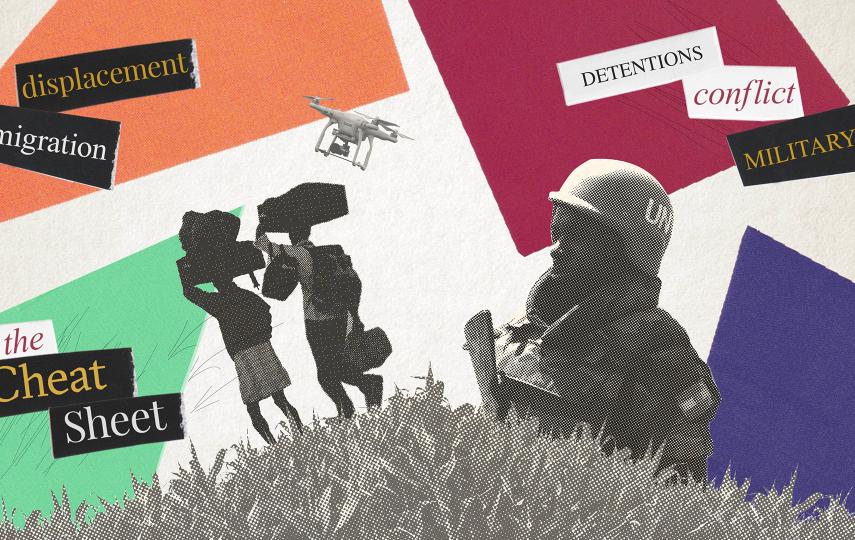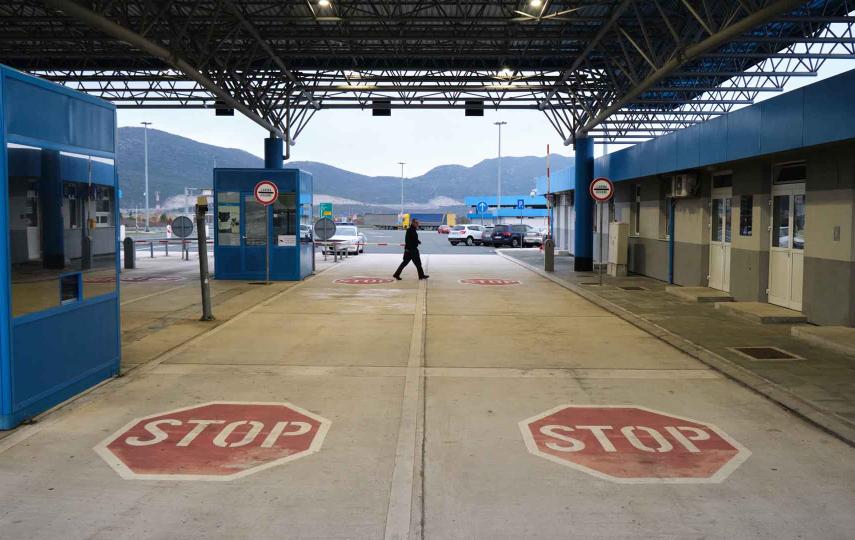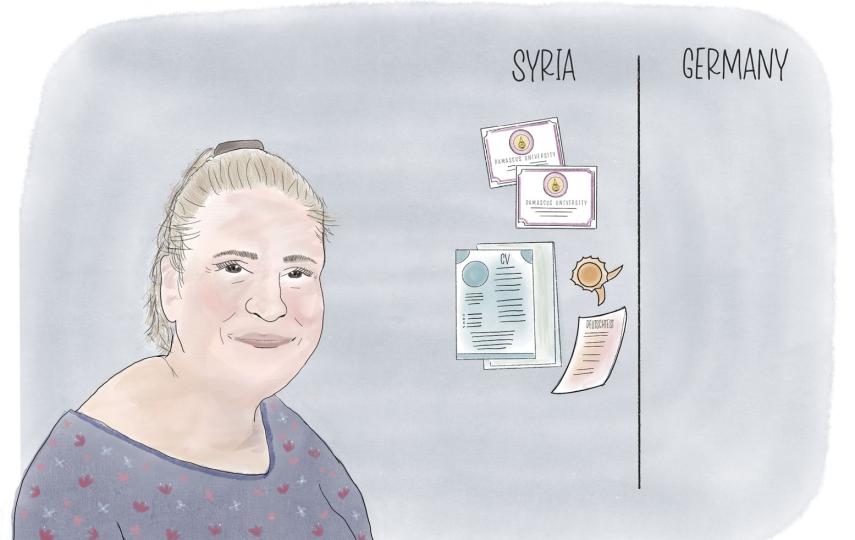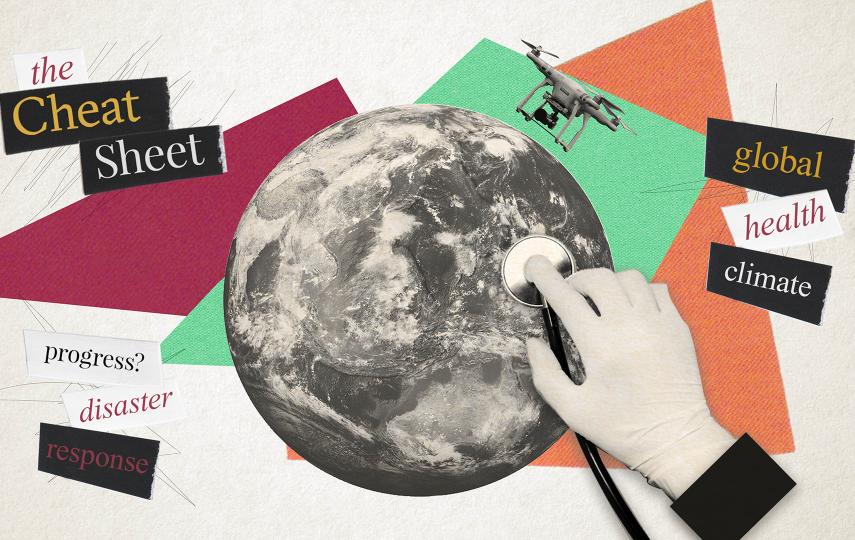Death on the Central Mediterranean: 2013-2020
12 January 2021
Since 2013, more than 17,000 asylum seekers and migrants are known to have disappeared or died.
On 31 December, as people around the world were gearing up to celebrate the New Year, the Spanish search and rescue NGO Open Arms rescued 169 people adrift in international waters off the coast of Libya.
Along with other people rescued on 2 January, they were eventually disembarked in Italy. But many never complete the treacherous journey. Since 2013, more than 17,000 asylum seekers and migrants are known to have disappeared or died in the Central Mediterranean. Already in the first week of this year, at least 15 people disappeared and were presumed dead.
The more than 36,400 asylum seekers and migrants known to have crossed the Central Mediterranean from North Africa to Europe last year is a far cry from more than 180,000 in 2016, but the continually high death rate still makes the sea the world’s deadliest borderzone.
Why?
Search and rescue remains a fraught issue in the EU. Many politicians say it acts as a “pull factor” encouraging people to cross the sea – a claim that is not supported by data – while human rights groups and migration activists say Europe has turned its back on asylum seekers and migrants, allowing them to drown.
Last year, more than 840 people were confirmed to have disappeared or died while attempting to cross the Central Mediterranean. And many additional deaths likely went unrecorded because EU countries disrupted the operations of NGOs conducting search and rescue activities and failed to undertake their own state-sponsored efforts.
Italy and Malta routinely ignored or responded slowly to distress calls, leaving people in dangerous situations to drift at sea for days. And Italy impounded five NGO search and rescue boats for varying periods of time. The EU-funded, EU-trained, and EU-equipped Libyan Coast Guard also intercepted more than 11,000 people at sea, returning them to detention centres in the North African country, where abuse and extortion are rife.
Even as the coronavirus pandemic begins to slowly unwind in 2021, its economic impact will be pushing more people to migrate, conflicts will continue, and aid for displaced people is likely to grow even more scarce. In short, there is no end in sight to the factors pushing people to risk their lives at sea, while the EU is doubling down on policies to prevent asylum seekers and migrants from entering its borders.
Against this backdrop, we present a timeline not only of the EU’s steady withdrawal from search and rescue activities in the Central Mediterranean, but also of the increasing criminalisation of the NGOs that have attempted to fill the gap, and of the worsening humanitarian consequences.



